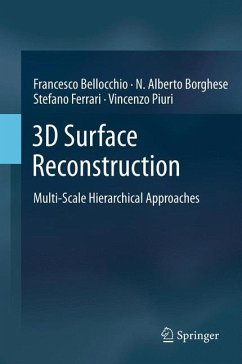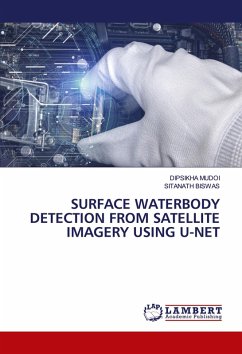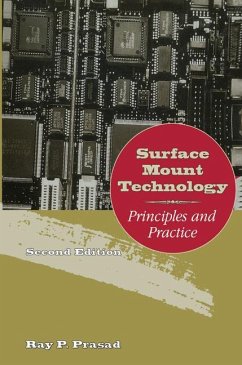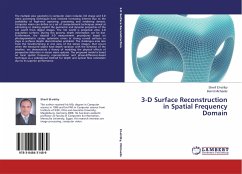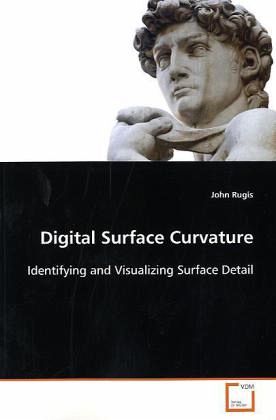
Digital Surface Curvature
Identifying and Visualizing Surface Detail
Versandkostenfrei!
Versandfertig in 6-10 Tagen
39,99 €
inkl. MwSt.

PAYBACK Punkte
20 °P sammeln!
In recent years, the 3D digitization of cultural artefacts, such as buildings and statues, has become an important tool in archaeological preservation and research. The advantages of a digital version of an artefact include archival permanence and wide accessibility for analysis and study. This book explores and develops surface curvature based methods for analysing and visualizing such 3D digital data. The theoretical foundations of surface curvature, along with some new developments, are covered in the first part of the book. The second part of the book reports a range of practical results o...
In recent years, the 3D digitization of cultural
artefacts, such as buildings and statues, has become
an important tool in archaeological preservation
and research. The advantages of a digital version of
an artefact include archival permanence and wide
accessibility for analysis and study. This book
explores and develops surface curvature based
methods for analysing and visualizing such 3D
digital data. The theoretical foundations of surface
curvature, along with some new developments, are
covered in the first part of the book. The second
part of the book reports a range of practical
results obtained working with a digitization of
Michelangelo's David statue. This work should be of
interest to both the archaeological community as
well as computer scientists who have an interest in
3D digitization.
artefacts, such as buildings and statues, has become
an important tool in archaeological preservation
and research. The advantages of a digital version of
an artefact include archival permanence and wide
accessibility for analysis and study. This book
explores and develops surface curvature based
methods for analysing and visualizing such 3D
digital data. The theoretical foundations of surface
curvature, along with some new developments, are
covered in the first part of the book. The second
part of the book reports a range of practical
results obtained working with a digitization of
Michelangelo's David statue. This work should be of
interest to both the archaeological community as
well as computer scientists who have an interest in
3D digitization.








